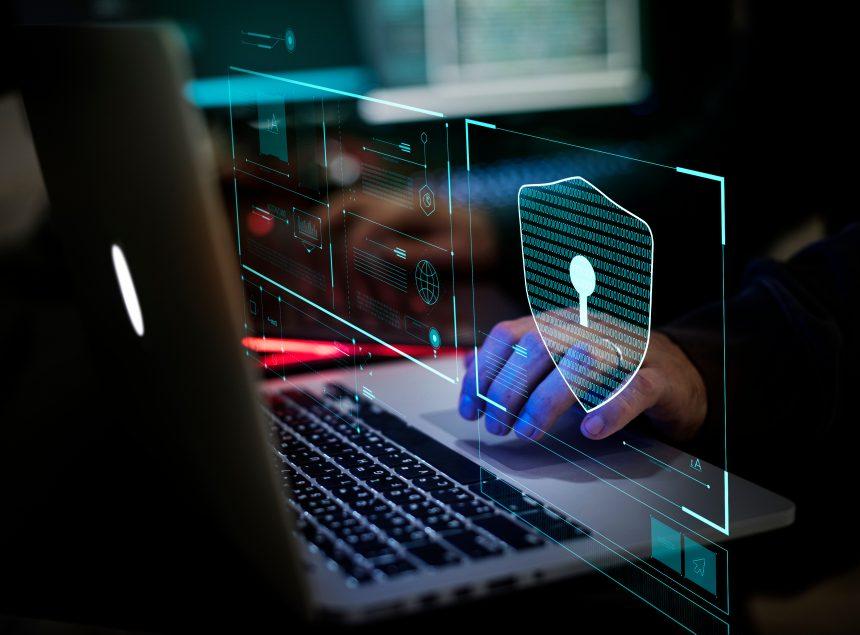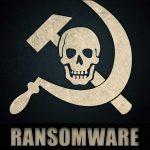The “bioessay.exe” virus is a highly dangerous and malicious cyber threat that can infiltrate your computer system without your knowledge, causing significant damage. This virus, often categorized as a Trojan horse, is designed to execute various harmful actions once it successfully infects your computer. It can disrupt system operations, steal sensitive information, and even open up doors for additional malware to enter your system. In this article, we will dive into the details of the “bioessay.exe” malware, its actions and consequences, detection names, removal steps, and essential best practices for preventing future infections. We will also promote the anti-malware tool SpyHunter to help safeguard your system from this and other threats.
Download SpyHunter Now & Scan Your Computer For Free!
Remove this and any other malicious threats to your system by scanning your computer with SpyHunter now! It’s FREE!
What is the “bioessay.exe” Virus?
“bioessay.exe” is a malicious executable file that behaves like a Trojan virus. It may often be disguised as a legitimate system or application file, leading unsuspecting users to run it on their computers. Upon execution, this malware can gain unauthorized access to your system, allowing it to carry out a variety of harmful actions.
Once activated, “bioessay.exe” can initiate several damaging processes. These include spying on your activities, corrupting files, hijacking sensitive data such as passwords and personal information, and enabling remote access for cybercriminals. Additionally, the virus can often facilitate the download and installation of other malicious software, which can further compromise the security of your device and personal data.
Actions and Consequences of “bioessay.exe” Virus
The “bioessay.exe” virus operates stealthily, often making it difficult for users to detect its presence until it’s too late. The following actions and consequences can occur after the malware is executed:
- System Instability: Once the virus gains access, your system might start experiencing significant slowdowns, frequent crashes, and unresponsiveness. This is due to the virus consuming system resources for malicious purposes.
- Data Theft: One of the most severe consequences of “bioessay.exe” is its ability to steal personal information, such as login credentials, bank details, and browsing habits. This stolen data may be used for identity theft or sold to cybercriminals.
- Remote Access for Hackers: “bioessay.exe” can establish a backdoor for hackers, allowing them to control your computer remotely. This can result in the hackers using your computer to execute additional malicious activities without your knowledge.
- File Corruption and Loss: The virus may corrupt important files, making them inaccessible or even causing them to disappear. In some cases, the damage can be irreversible, particularly if backups are not available.
- Additional Malware Infections: “bioessay.exe” is often used as a gateway for other types of malware, including ransomware, spyware, and adware. Once installed, these threats can wreak havoc on your system, further compromising its integrity.
Detection Names for “bioessay.exe”
The “bioessay.exe” virus can be detected by various antivirus software programs. While the detection names may vary depending on the tool used, some common detection names associated with “bioessay.exe” include:
- Trojan:Win32/BioEssay.A
- Generic Malware
- Trojan.Agent
- HackTool:Win32/Backdoor.BioEssay
It’s important to stay updated with the latest antivirus definitions to ensure that your system is protected from the most recent variants of this threat.
Similar Threats to “bioessay.exe”
“bioessay.exe” is part of a larger family of Trojan and backdoor viruses, which include other threats that also attempt to compromise your system in similar ways. Some of these similar threats include:
- Trojan:Win32/Agent: A malicious file that can be used to install additional malware or create security vulnerabilities for hackers to exploit.
- Emotet: A dangerous banking Trojan that has been used to steal sensitive data and deliver additional payloads.
- TrickBot: A sophisticated Trojan that spreads through phishing emails and is capable of stealing data, installing ransomware, and enabling remote access for cybercriminals.
How to Remove “bioessay.exe” Virus
If you suspect that your computer is infected with “bioessay.exe,” it is crucial to act quickly to remove the malware and restore your system’s security. Below is a comprehensive removal guide to help you get rid of the “bioessay.exe” virus from your system:
Download SpyHunter Now & Scan Your Computer For Free!
Remove this and any other malicious threats to your system by scanning your computer with SpyHunter now! It’s FREE!
1. Use Antivirus or Anti-Malware Software
The first step in removing “bioessay.exe” is to use reliable antivirus or anti-malware software to detect and eliminate the threat. For this, we recommend SpyHunter, a comprehensive tool that can effectively identify and remove viruses, Trojans, and other malicious threats.
To scan and remove “bioessay.exe” with SpyHunter:
- Download and install SpyHunter.
- Open SpyHunter and initiate a full system scan.
- Once the scan is complete, SpyHunter will display a list of detected threats, including “bioessay.exe.”
- Follow the prompts to remove the malware from your system.
2. Boot into Safe Mode
If you are unable to remove the virus in normal mode, boot your computer into Safe Mode to limit the actions of the virus and make it easier to eliminate. To do this:
- Restart your computer and press F8 (or the appropriate key) before the Windows logo appears.
- Select Safe Mode with Networking from the boot options.
- Once in Safe Mode, run SpyHunter again to remove “bioessay.exe.”
3. Manually Remove “bioessay.exe”
If the automated removal tools do not work, you can manually attempt to remove the virus:
- Open Task Manager (Ctrl + Shift + Esc) and locate any suspicious processes related to “bioessay.exe.”
- Terminate any malicious processes by right-clicking them and selecting End Task.
- Navigate to the folder where the “bioessay.exe” file is located and delete it manually. The default path may vary, but it is often found in the system’s Temp or AppData folder.
4. Check Startup Programs
Some malware, including “bioessay.exe,” can hide in your system’s startup programs to run automatically. To disable these entries:
- Open Task Manager and go to the Startup tab.
- Identify any suspicious or unfamiliar programs related to “bioessay.exe” and disable them.
5. Restore System Files and Settings
If the virus has altered your system files or settings, restoring them can help ensure your computer functions properly after removal. You can use the System Restore feature to return your computer to a previous, secure state:
- Type “System Restore” in the Windows search bar and select Create a restore point.
- Click System Restore and choose a restore point prior to the infection.
- Follow the on-screen instructions to complete the restoration.
Best Practices for Preventing Future Infections
To prevent future infections by threats like “bioessay.exe,” consider adopting the following best practices:
- Install and Maintain Anti-Malware Software: Keep your anti-malware software, like SpyHunter, up to date. Regular scans will help you detect and remove potential threats before they can cause significant damage.
- Keep Your Operating System and Software Updated: Malware often exploits security vulnerabilities in outdated software. Make sure your operating system and all installed software are regularly updated to protect against new threats.
- Exercise Caution with Email Attachments and Links: Avoid clicking on suspicious email attachments or links, as they are common vectors for malware like “bioessay.exe.”
- Use Strong Passwords: Employ strong, unique passwords for all accounts, especially those related to banking or sensitive data. This can help prevent unauthorized access in case of a system breach.
- Backup Your Data Regularly: Regular backups of your data will ensure you can restore your files if your system is compromised by malware.
Conclusion
The “bioessay.exe” virus is a serious threat that can cause significant damage to your computer. However, with the right knowledge and tools, you can protect your system and remove this malware effectively. We highly recommend using SpyHunter to scan and remove the virus from your computer. By following the steps outlined in this article and implementing the best practices for system security, you can ensure that your computer remains safe from similar cyber threats.
If you are still having trouble, consider contacting remote technical support options.





